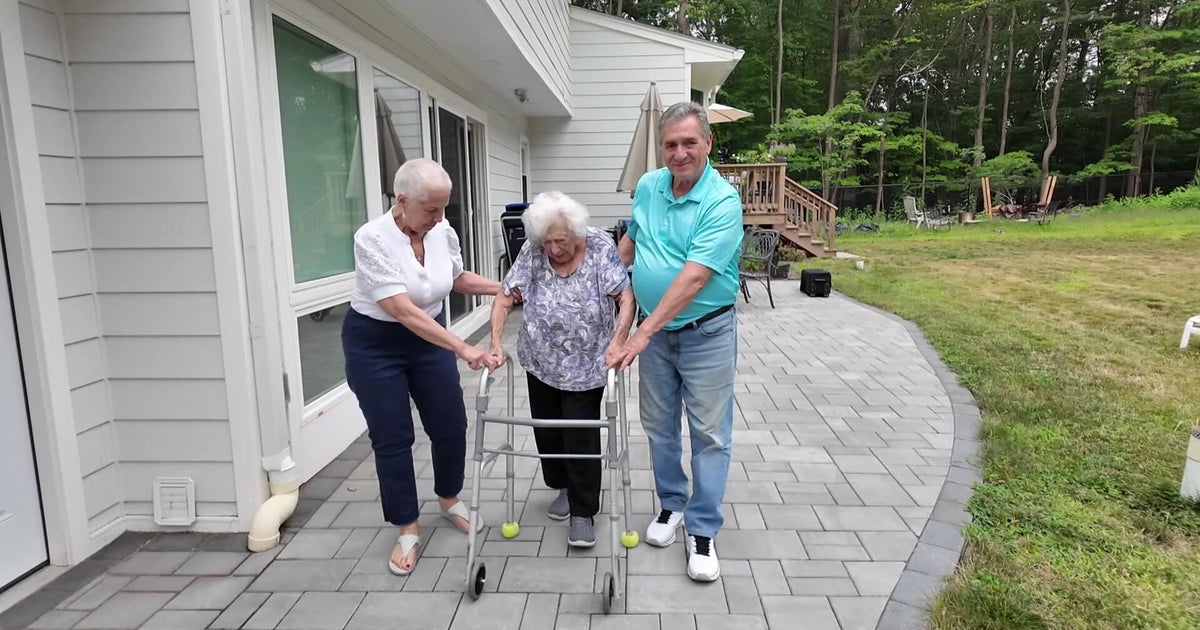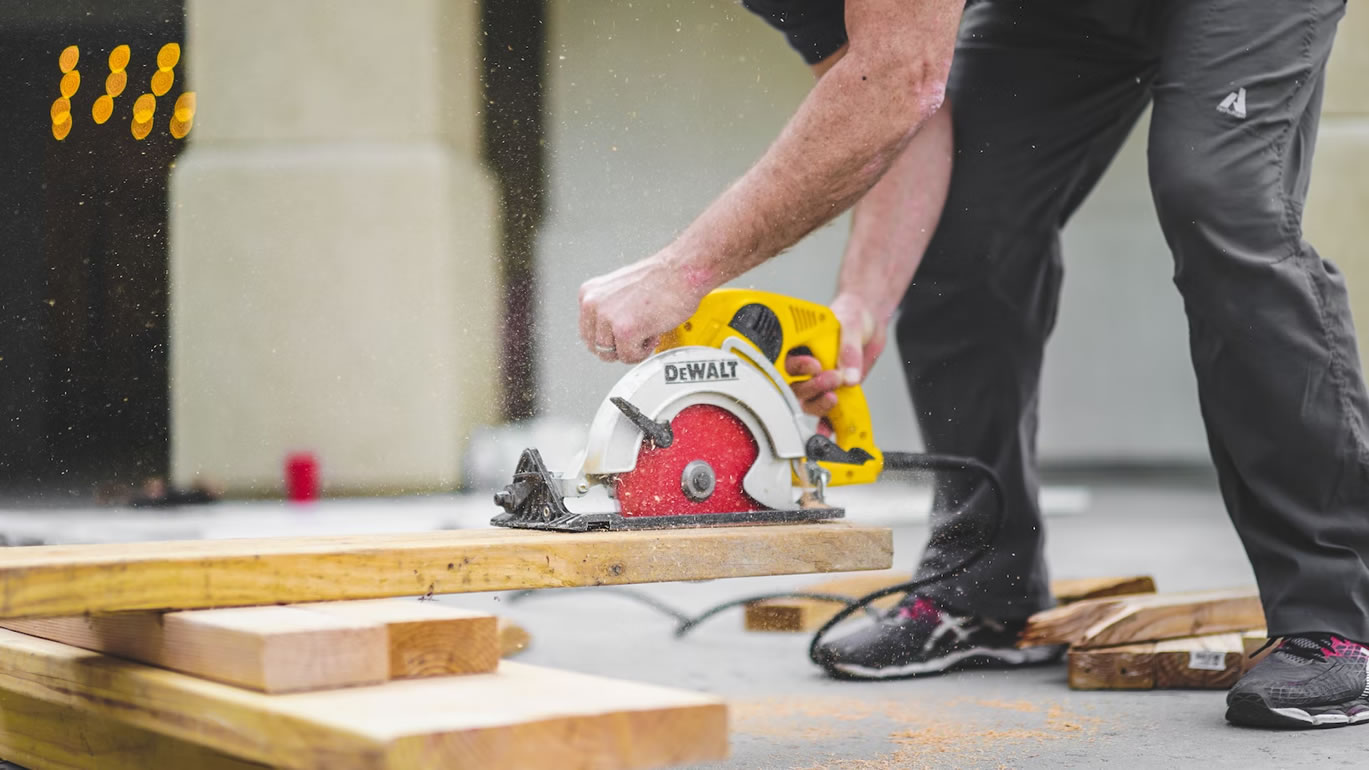fromBusiness Insider
3 weeks agoI live in a small mobile home at 81. I have everything I need.
I left New York and moved back to Florida without a plan. My younger daughter offered me a mobile home on her property to stay in while I figured it out. I moved in and didn't move out. It felt just right. It is small and easy for me to take care of. It's the perfect size to fit the things I hold dear. I call it "The Teapot."
Real estate







